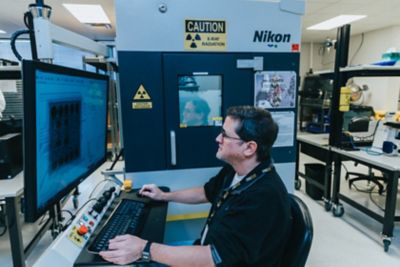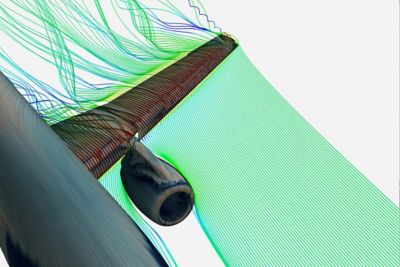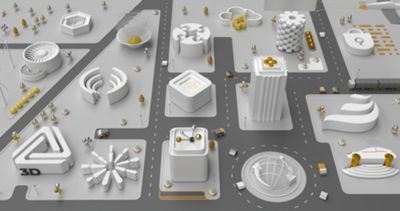Webinar
From Isolated Simulations to Holistic Workflows: Design of Transcatheter Valve Replacements
The design of transcatheter valve replacements is a challenging task as manufacturing, treatment preparation, and deployment of the implant influence its final shape, performance, and fatigue life. While the purely mechanical simulations and their influence on the fatigue life are well understood, realistic boundary conditions for the cyclic motion are complex to determine. These deformations are often derived from 4D scans taken from patients in a first-in-human study.
At Ansys, these boundary conditions should be created using virtual patient anatomies and a heart model that drives the mechanical deformation by an electro-physiological model. The resulting displacement boundary conditions of the heart during a cardiac cycle are also vital to drive a fluid-structure interaction simulation to assess the performance of a deployed implant. These simulations can be a valuable add-on to the bench tests performed in pulse replicators.
This presentation highlights current capabilities using automated workflows for frequently used transcatheter aortic valve replacements. With such workflows, bigger optimization loops utilizing a chain of complicated simulations become feasible and repeated using arbitrary anatomies. This will allow design engineers in the industry to assess their design ideas under real-life loading conditions quickly. A simplified user interface of some of these workflows will democratize these complicated simulations to make them available to clinicians to check the optimal sizing and positioning of the implant.











